
The First Creative Arts Association Exhibition Invitation, 1959, Image provided by MMCA Art Research Center
Creative Art Association
* Source: Multilingual Glossary of Korean Art. Korea Arts Management Service
Related
-
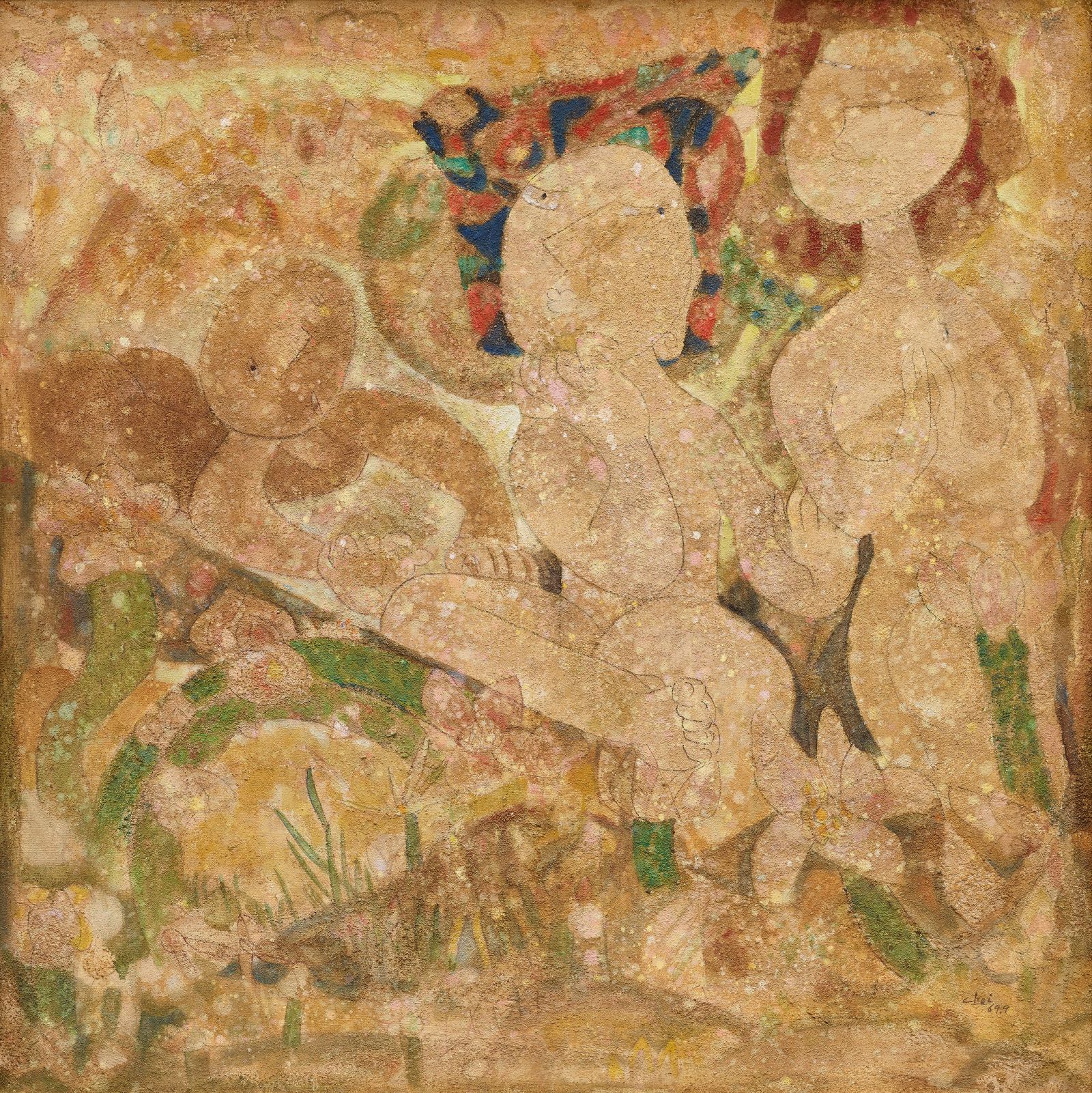
Choi Youngrim
Choi Youngrim (1916-1985) was the first son of a wealthy Oriental medicine pharmacist in Pyongyang. He joined a small art community at Gwangseong High School in Pyongyang and submitted a print to the Japanese Print Association. An oil painting of his was selected for the Joseon Art Exhibition [Joseon misul jeollamhoe] in 1935 and several more were selected through 1943. After independence, he participated in the National Art Exhibition (Gukjeon), the Creative Art Association Exhibition, and the Figurative Art Exhibition, and taught as an art professor at the College of Fine arts at Chung-Ang University. He simplified and reconfigured geometric objects using black outlines and flat planar forms in the 1950s. In the 1960s, he switched to color painting, with motifs from traditional folklore, such as Shimchung or The Story of a Tiger, and developed a painting technique of colourful painting by spreading oil on the canvas. He depicted primitive and innocent Utopian landscapes using the simple shades of ochre, and a soft smearing texture, often featuring round and voluptuous nude figures within.
-
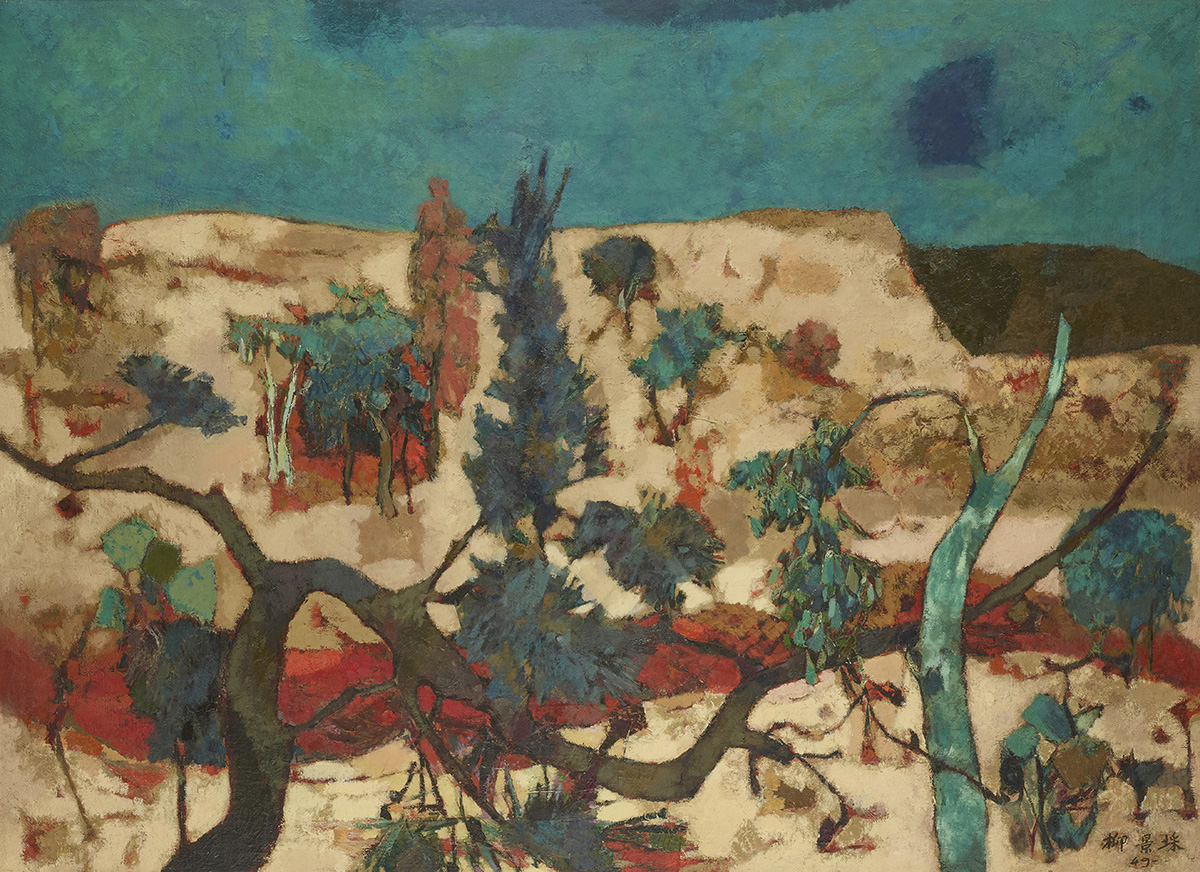
Ryu Kyungchai
Ryu Kyungchai (1920-1995, pen name Pyunjeong) graduated from the Ryokuinsha Painting School in Tokyo in 1941. In 1949, he was awarded a presidential prize at the 1st National Art Exhibitions (Gukjeon), a Noteworthy Artist award in 1956, an Invited Artist award in 1959, before being selected as a judge for the 9th National Art Exhibition in 1960. He taught at Ewha Womans University from 1955 to 1961 and at Seoul National University from 1961 to 1986. He was appointed as a member of the Republic of Korea's National Academy of Arts in 1979 and was selected as president in 1987. Ryu Kyungchai’s works from the 1940s to 1950s, take nature as the main subject, and portray a pastoral style to describe the encounter between man and the environment. However, since Downtown Area in 1960, figuration gradually disappeared in his works as he moved toward abstraction. In the 1970s, he integrated the warmth and sentiment of nature into his abstract manner, and by the mid-1970s, figurative reference was increasingly replaced with colors in his works. By the late 1970s, he concentrated on pure abstraction on a flat monochrome plane. From the 1980s, he created geometric simplified forms of abstract art. Ryu Kyungchai is recognised as one of the first Korean artists to work in abstraction, and a pioneer within several national abstract art movements since the 1960s.
-
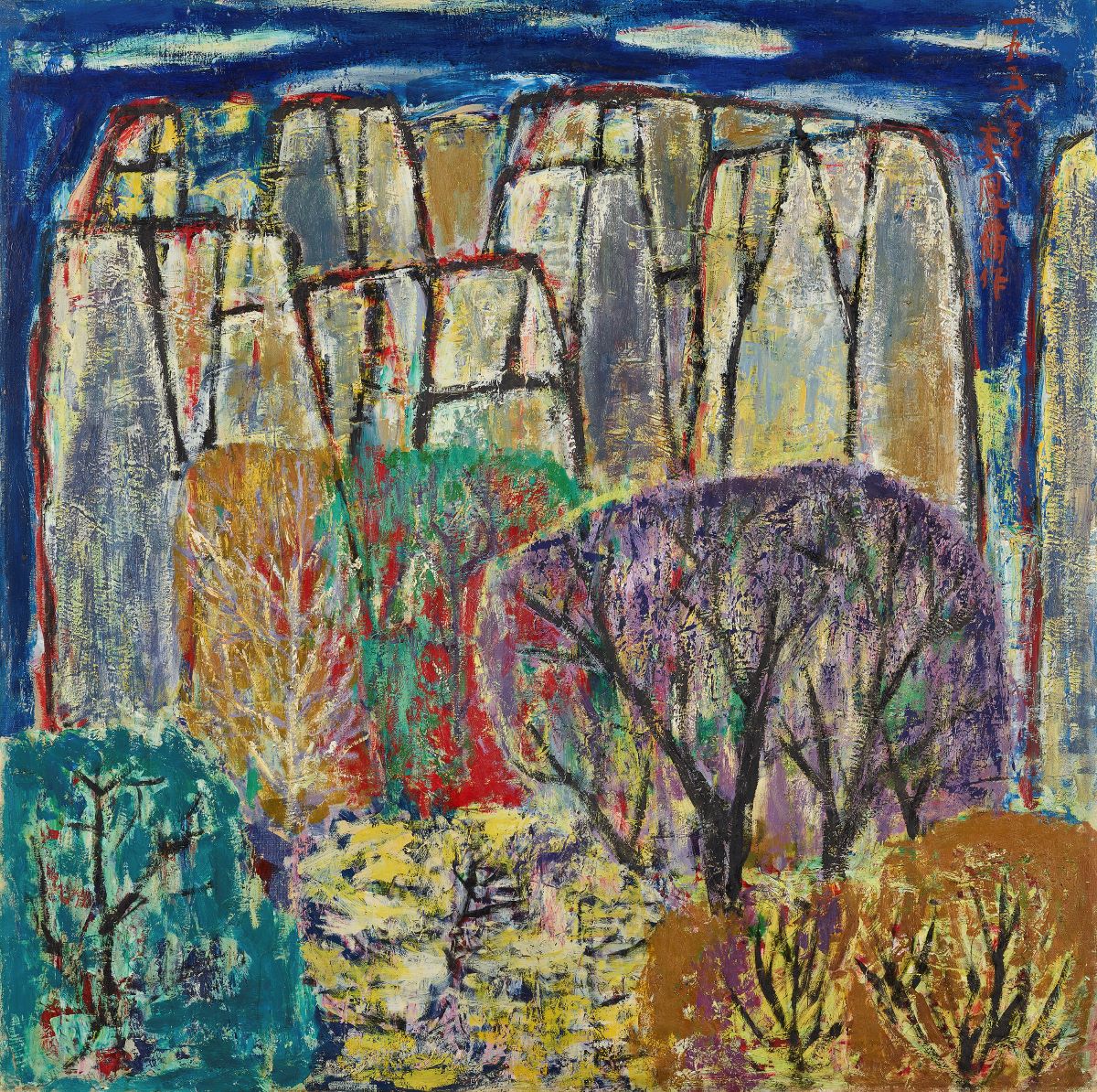
Lee Bongsang
Lee Bongsang (1916-1970, pen name Seokjeong) graduated from the Training Department at Gyeongseong Normal School in 1937. Self-taught in painting, Lee received his first honorable mention at the eighth Joseon Art Exhibition [Joseon misul jeollamhoe] in 1929 at the age of thirteen. He went on to receive honorable mentions and win special prizes, coming to prominence as a painter. He later moved to Japan and during his stay there his work was selected for the Ministry of Education Art Exhibition [Monbusho bijutsu tenrankai]. In 1942, together with Japanese artists active in Seoul, he founded the artist group named Changnyongsa. After Korea’s liberation from Japan, Lee participated in the founding of several artists’ groups, such as the 1950 Art Association, Gijojeon, Sinsanghoe, and Gusanghoe. He was also at the forefront of fostering later generations through the compilation of textbooks and criticism. His early works reflected impressionist realism. In the 1950s, however, he turned to a painting style characterized by bold compositions, bright colors, and a rough brushwork, which he developed through his association with Kim Whanki, Yoo Youngkuk, Kim Byungki, and Park Kosuk. From 1953 he worked as a professor at Hongik University, and from the year 1954 he was invited to participate in the National Art Exhibition (Gukjeon) as a recommended artist, invited artist, and judge.
Find More
-
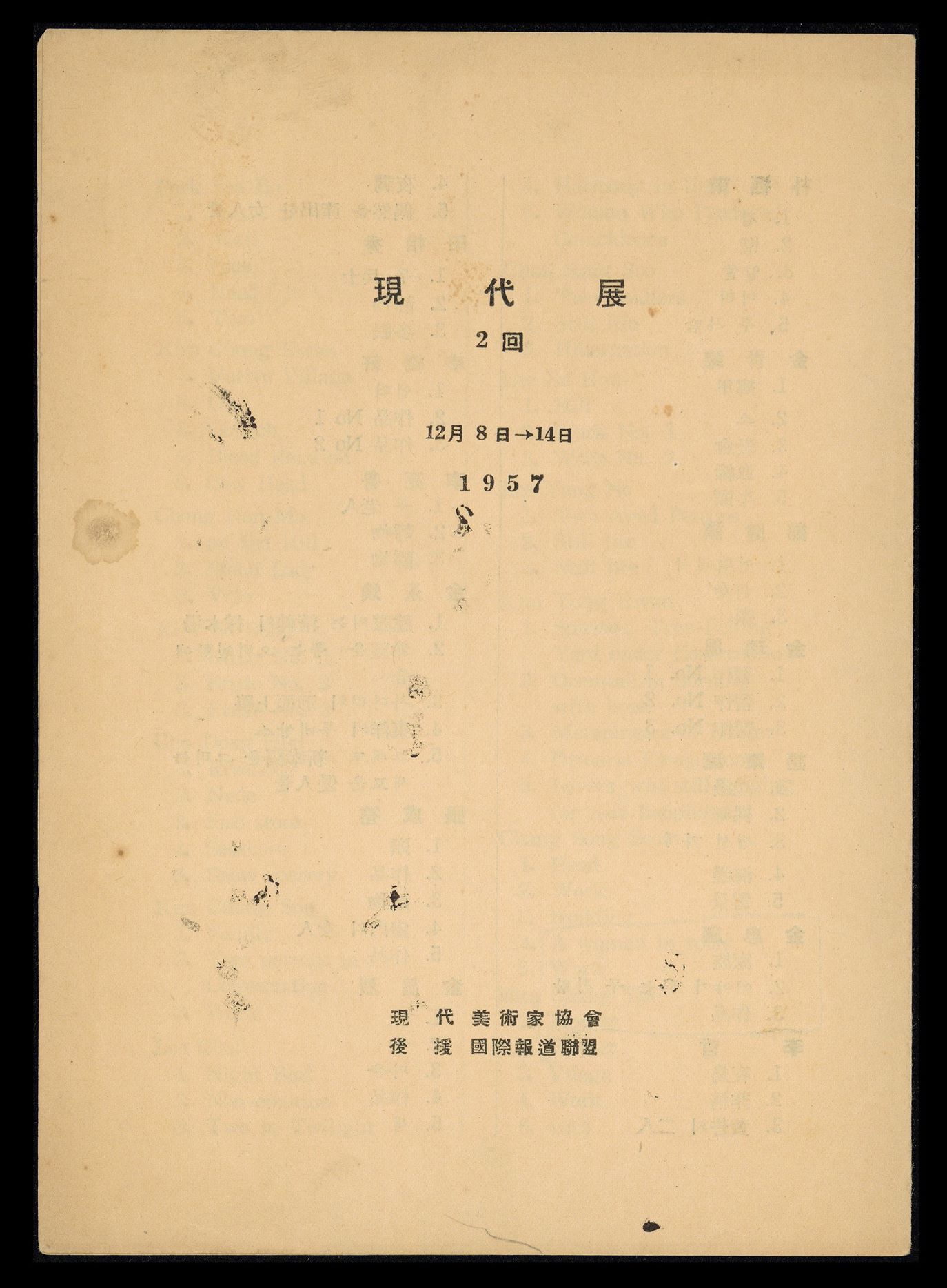
Hyundae Fine Artists Association
An art organization formed in 1957 under the leadership of Moon Woosik, Kim Younghwan, Kim Tschang-Yeul, Jang Seong-soon, Lee Cheol, Ha Indoo, Kim Jonghwi, and Kim Cheonggwan. The association held its inaugural exhibition at the United States Information Service gallery from May 1 to 9 in 1957. As part of a new generation of artists who received university education after independence, the members chose the pursuit of the “antithesis of feudal elements that hinder the development of culture” as the task of the association, and they stated the founding purpose of the association as being to achieve “communion with the highbrow universal consciousness that is oriented toward contemporary art.” In the third exhibition, which was in 1958, the association featured Informel art, which heralded the beginning of an era of Informel in Korean art. In 1961, the association held a joint exhibition with the 1960s Artists Association, and in 1962, the two organizations merged to form Actuel.
-
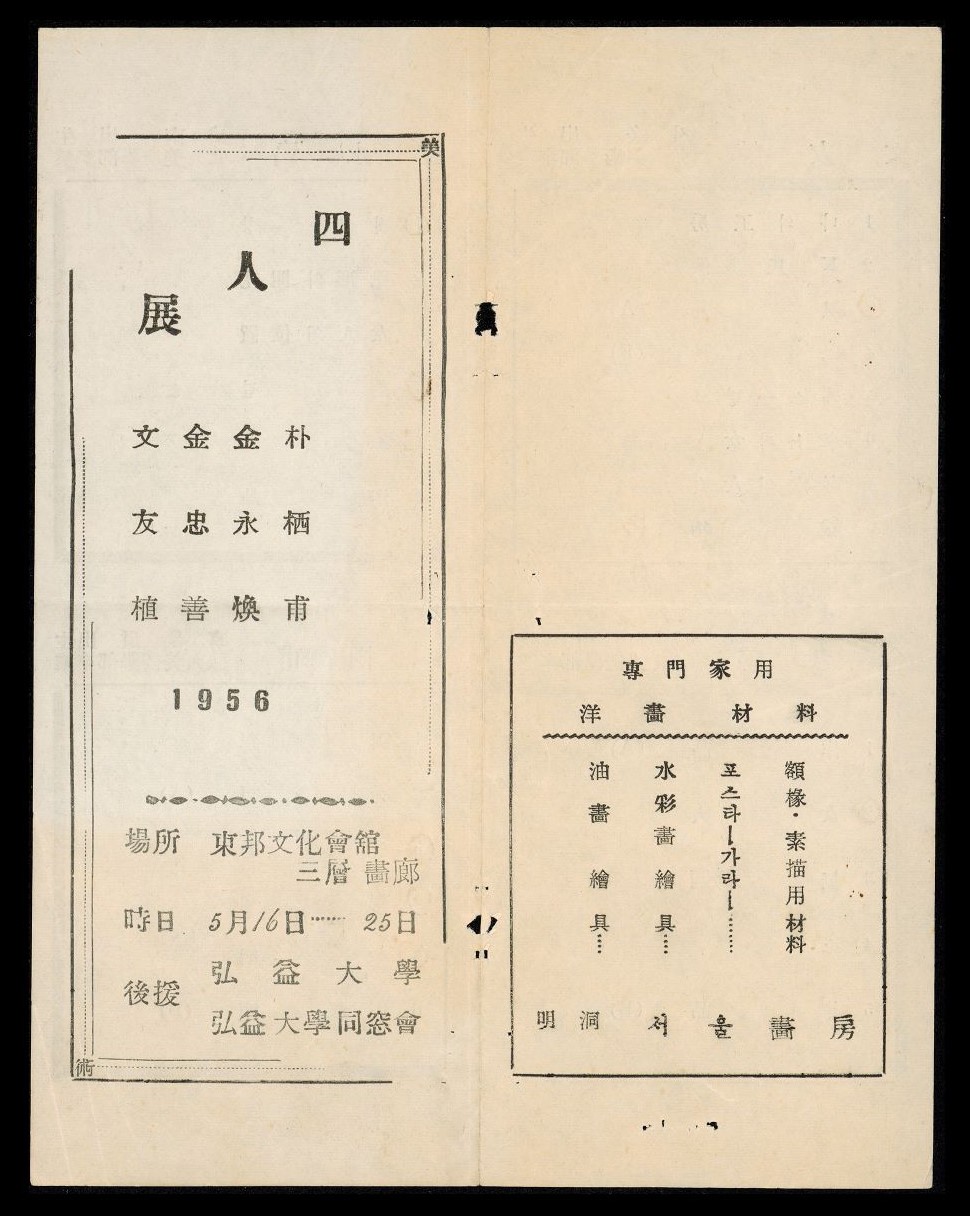
Four Artists Exhibition
An exhibition held at the Eastern Cultural Center from May 16 to May 25, 1956. The featured artists—Kim Younghwan, Kim Chungsun, Moon Woosik, and Park Seo-Bo—were alumni of Hongik University. Together protesting in front of the show itself, they declared their opposition to the National Art Exhibition (Gukjeon). The Korean art community of the day, which centered around the National Art Exhibition, imitated the manner of Japanese Academicism, and their declaration was the result of these younger artists’ resistance to this practice. They opposed the realist focus espoused within the National Art Exhibition and influenced the founding of the Modern Art Association, the Hyundae Fine Artists Association, the Creative Art Association [Changjak misul hyeopoe], Sinjohyeongpa, and the Paek Yang Painting Association.
-

National Art Exhibition
A government-hosted exhibition held 30 times from 1949 to 1981, also known by the shorter name Gukjeon. Following national independence, the exhibition was the primary means for young and emergent Korean artists to achieve recognition. The influence of the exhibition declined as a result of the emergence of non-figurative art during the 1970s, the increased opportunities for artists to participate in overseas exhibitions, and the rise of private exhibitions and galleries.






